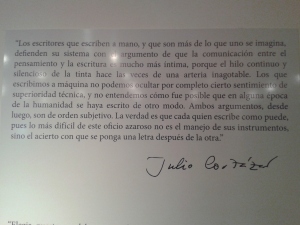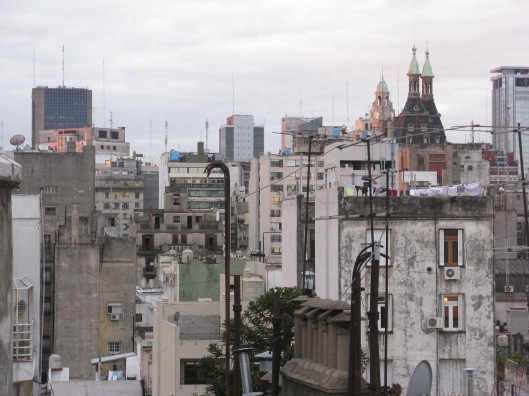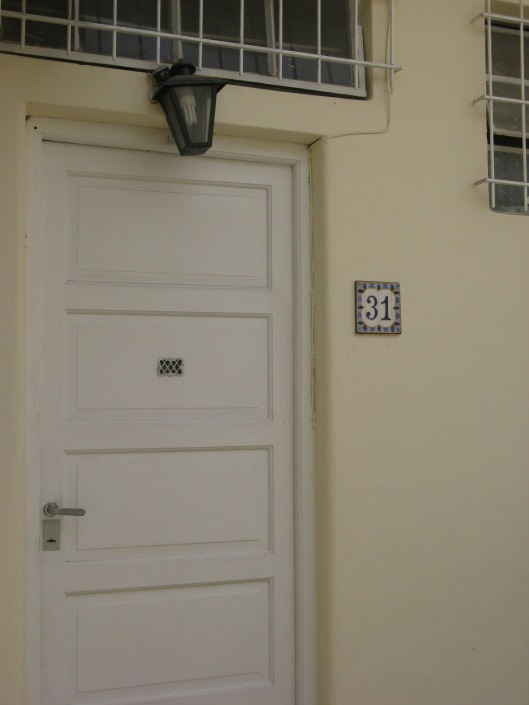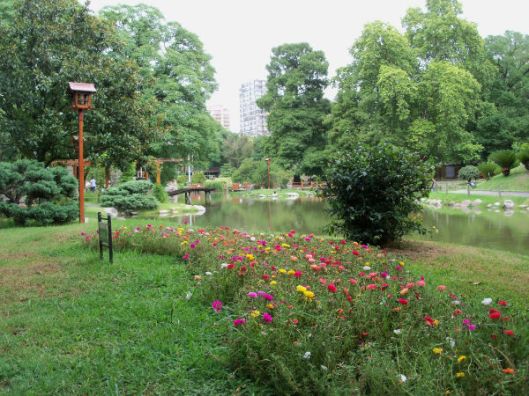International Babywearing Week is here and in Argentina the babywearing movement is going strong. Thanks in part to entrepreneurial mums like Lindsay Olson who developed Llevame Cerca, a company selling custom-designed baby carriers, babywearing is increasingly stress-free (and stylish) in Buenos Aires.
 Babywearing – carrying your little one close to you for large parts of the day while you get on with everyday tasks, or when you are out and about – is a traditional practice that is gaining momentum in industrialized societies and is picking up popularity in BA. Babywearing helps caregivers and babies bond, supports simpler breastfeeding, and allows you to get on with things with a free pair of hands while baby is safely carried. Here’s how to wear your baby, BA-style.
Babywearing – carrying your little one close to you for large parts of the day while you get on with everyday tasks, or when you are out and about – is a traditional practice that is gaining momentum in industrialized societies and is picking up popularity in BA. Babywearing helps caregivers and babies bond, supports simpler breastfeeding, and allows you to get on with things with a free pair of hands while baby is safely carried. Here’s how to wear your baby, BA-style.
Where to Buy Baby Carriers in BA
You can pick up baby carriers (portabebés), which are structured with straps and clips, at the bigger baby stores in BA like Creciendo. There’s not much choice, however, and they tend to be bulky and in basic black or blue. Ours required skills in advanced structural engineering to untangle and put on – not ideal when baby is only a few months old and mum has the mental faculties of a gnat.
Wraps are simpler to wear and popular in BA. Creciendo has started selling a few. You could also make your own wrap – there are links online for making a safe and simple wrap carrier. However, the best way in BA to get a chic and practical wrap-style baby carrier is to pay Llevame Cerca a virtual visit.
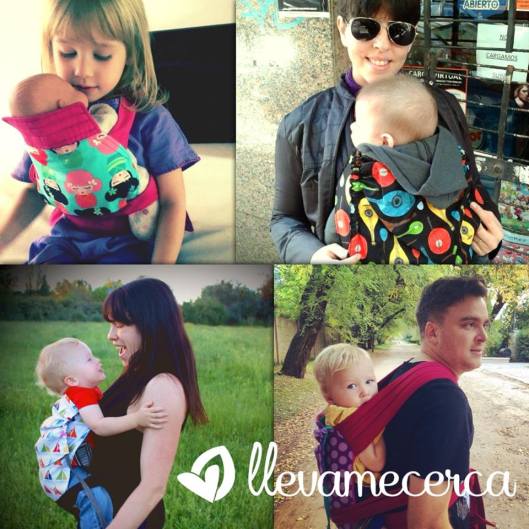
Llevame Cerca makes “custom-designed reversible Mei Tais and stretchy baby wraps using the highest quality designer fabrics.” Mei Tais have a panel of fabric and wide straps that wrap around the waist and over the shoulder. I love the look of the Llevame Cerca Mei Tais – vibrant, joyful patterns in plenty of options so you can wear your baby in something that suits your outfit and your personality. Because these are made of breathable fabric they are also better for mum/dad and baby in the hot Buenos Aires summer – my harness was a little too sweaty when the temperature rose.
How to Travel with a Baby in Buenos Aires
I’ve carried Baby G all over the place in Buenos Aires in his harness, from a boat trip in Tigre to strolling round Palermo, on the 166 bus downown from my house, and shopping in the local stores. Babywearing is highly practical for traveling with a baby in this hectic city. Daddy carries baby a lot (especially now baby is so much heavier), and this is what has gotten us the most comments – it is still much less common to see a man babywearing in Argentina than it is in the UK.

Baby G at the zoo (Grandpa is wearing the harness)
Lindsay from Llevame Cerca says, “Babywearing really helped me as a mother of two. It’s extremely practical for getting around and getting things done, especially in a city like Buenos Aires. You quickly realize it’s not a very stroller-friendly place. The uneven and torn up sidewalks aren’t very easy to manoeuvre with a stroller, it’s a bouncy ride for a little one, and let’s not even talk about the hazards when trying to cross the street. Forget about traveling on the subway or the bus on a regular basis if you have to fold and lug around a 10+ kg stroller, a baby and your personal belongings. You can’t really beat the benefits of wearing your baby – it’s economical, practical, and healthy.”
International Babywearing Week 2014

Babywearing gives little ones a great view of the world
According to Babywearing International: “International Babywearing Week is a focused opportunity to celebrate, promote and advocate the many benefits of babywearing. International Babywearing Week is also an occasion to focus media attention on this beautiful and beneficial practice.”
Moms, dads and caregivers here in BA and across the world are increasingly realising that, as Lindsay remarks, “The benefits of babywearing are endless: worn babies cry less, sleep more, and experience and learn about the world around them. It helps with nursing and strengthens the caregiver/child bond.”
Big cheer to all the babywearing mums in Buenos Aires!
————————-
International Babywearing Week info: http://www.babywearinginternational.org/events/international-babywearing-week/
Llevame Cerca online store: http://llevamecerca.com/
![IMG_1857[1]](https://westofbuenosaires.files.wordpress.com/2015/01/img_18571.jpg?w=529)








